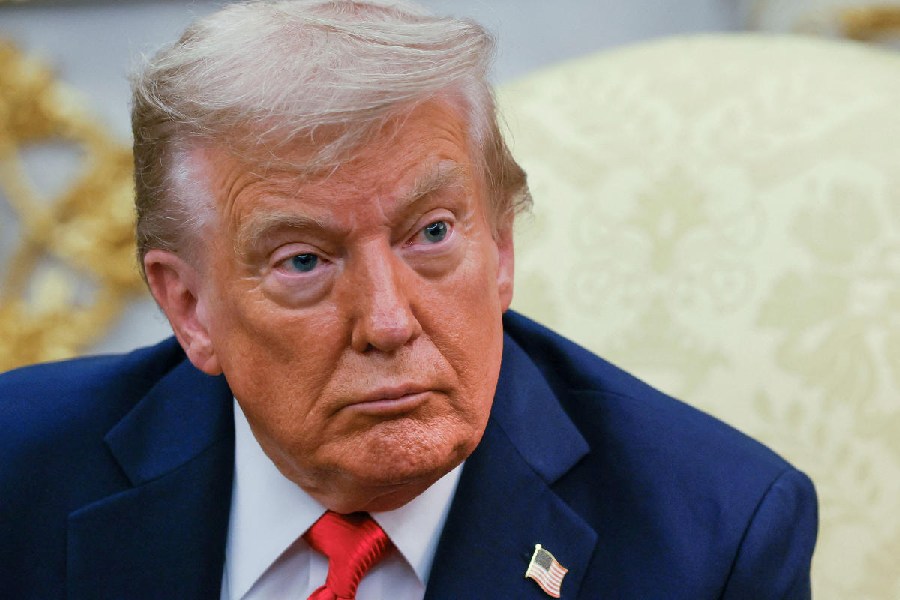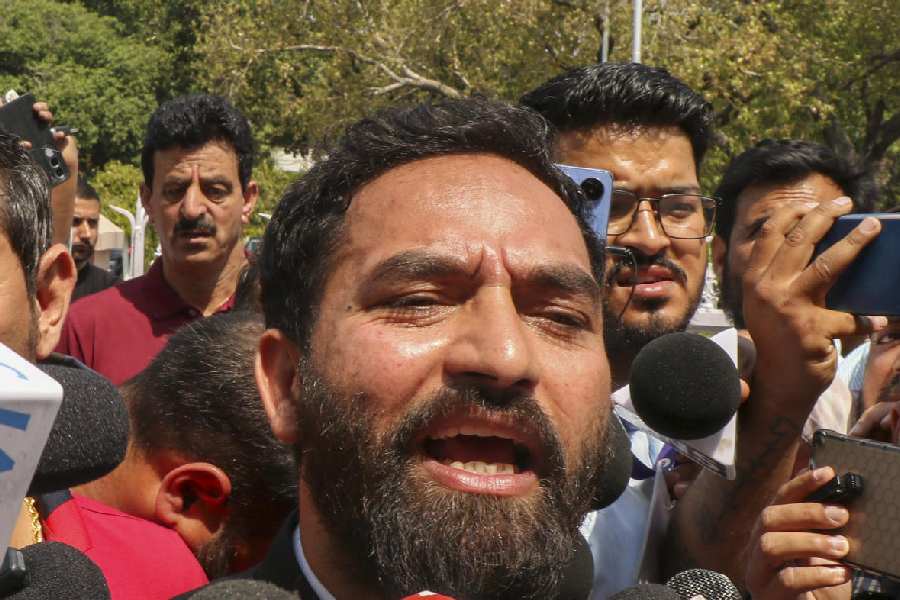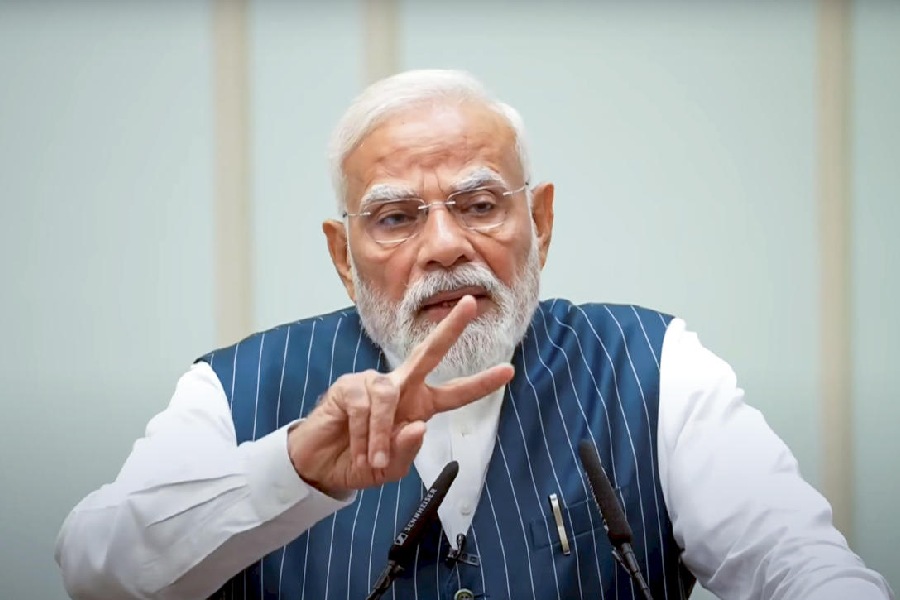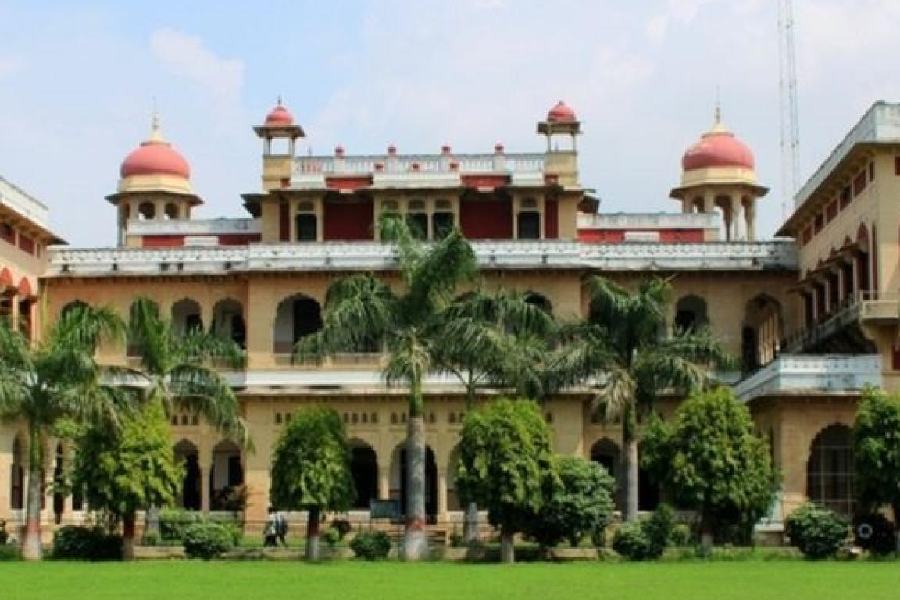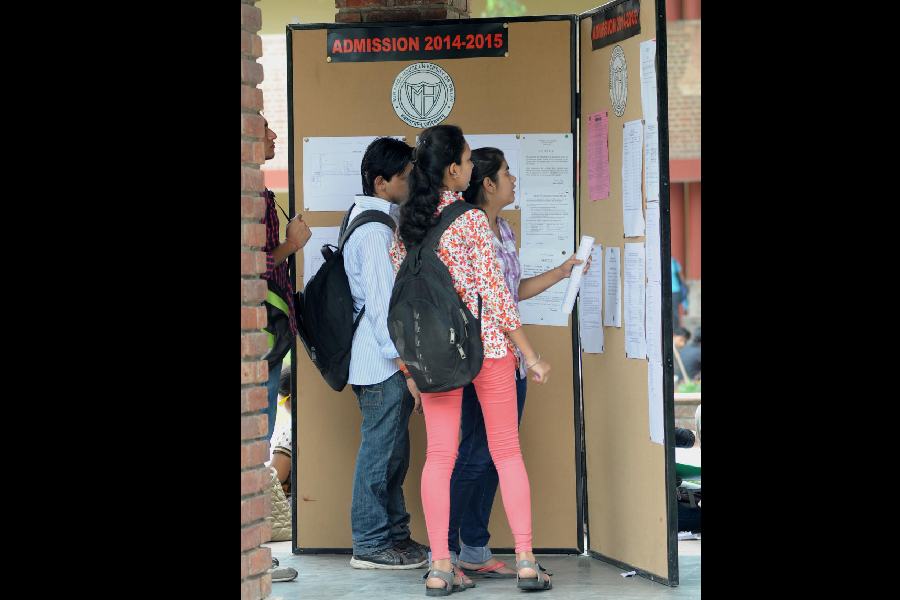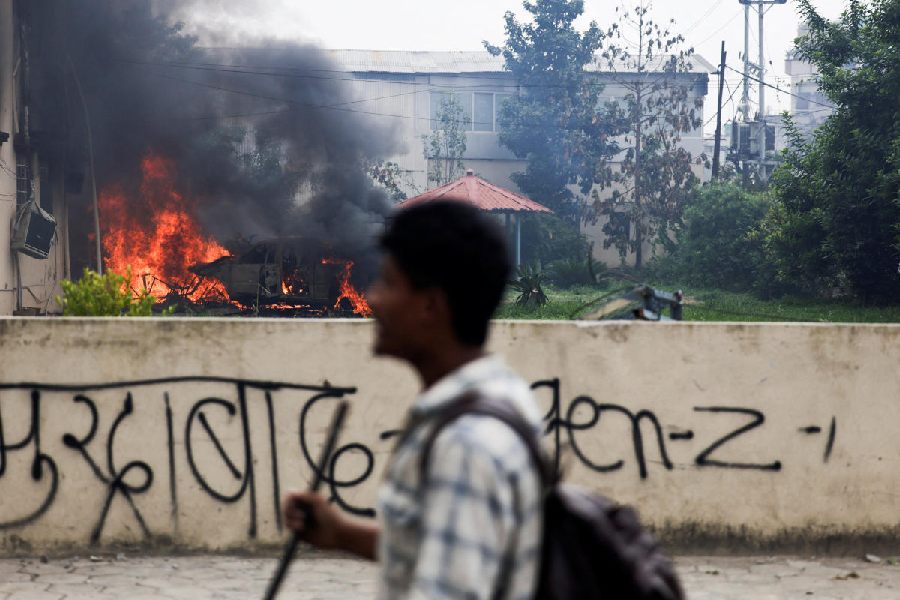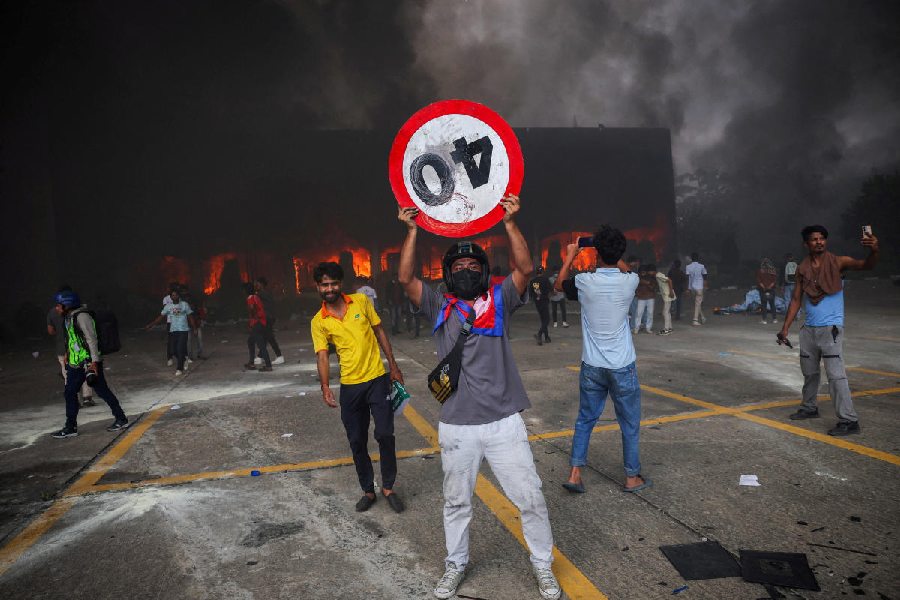 |
| Pramode Basu and Jayashree Dasgupta (Photo by Pradip Sanyal) |
It’s been a custom to celebrate the coming of spring with songs of Tagore and dances faithful to the Santiniketan school. Last weekend (March 13) CIMA had a twist to offer. As the art gallery was transformed into a music room, the ambience was fit to search for a platform on which the sister arts could interact. With Paresh Maity’s brilliant series of water-colours executed in Venice in full view, poetry found a soulful partner in music.
Primarily a poet of love, Joy Goswami scripted the hourlong presentation that juxtaposed Rabindrasangeet with Goswami’s own poems. Ki Sur Tomaar Dwaare, as the presentation was titled, opened up new debates over the question of sacred and profane love and the dangers cropping up when the boundaries are forced to overlap.
With Maity’s water-colour Talsari I in the backdrop, Jayashree Dasgupta shouldered the responsibility of rendering the songs that Goswami chose. A protégé of Debabrata Biswas and Sailajaranjan Majumdar, Dasgupta is a soprano with decades of experience. Provided her timbre permits, she is easily the singer one would love to listen to in hours of solitude. This reviewer has been listening to this National Award-winning singer for some two decades now. Never heard her singing any better.
If she was the right choice for the evening, its anchor was poet Pramode Basu. Save a few, poets often lose out to the professional elocutionists when it comes to the right articulation. Basu is an exception. Gifted with a natural baritone that mingles drama with sensitivity, he read out Goswami’s poems with all earnestness. The presence of Siddhartha Bhattacharya on the tabla and Subhayu Sen Majumdar on the esraj lifted the performance.
The premise of the presentation was far from ordinary. While collating the Tagore numbers, Goswami had two things in mind. He wished to work out the association that two poets, separated by a century, would have had while dealing with love in its most sensitive form. His interest in classical music showed as most of the songs echoed the festive mood embedded in seasonal ragas like Pilu and Khamaj. Also, he tried hard to push the premise further by looking into a relationship where Tagore songs can supplement his poems or vice-versa.
And that’s exactly where the things got complicated. Diction is bound to be different, but irrespective of the moods they convey, the Tagore songs sounded more profound than Goswami’s poems. Vocabulary had a decisive role to play. When Goswami fell back on his predecessor, the association worked wonders. Two songs, rendered back-to-back — Se je bahir hala ami jani and Bahir halem ami — seemed to be a natural corollary to Goswami’s poem.
To make the connection more obvious, Dasgupta picked up Barata peyechhi mane mane from the third line (Esechho adekha band-hu) and the arrival of love in the last line of Goswami’s poem found a musical elaboration straightaway.


